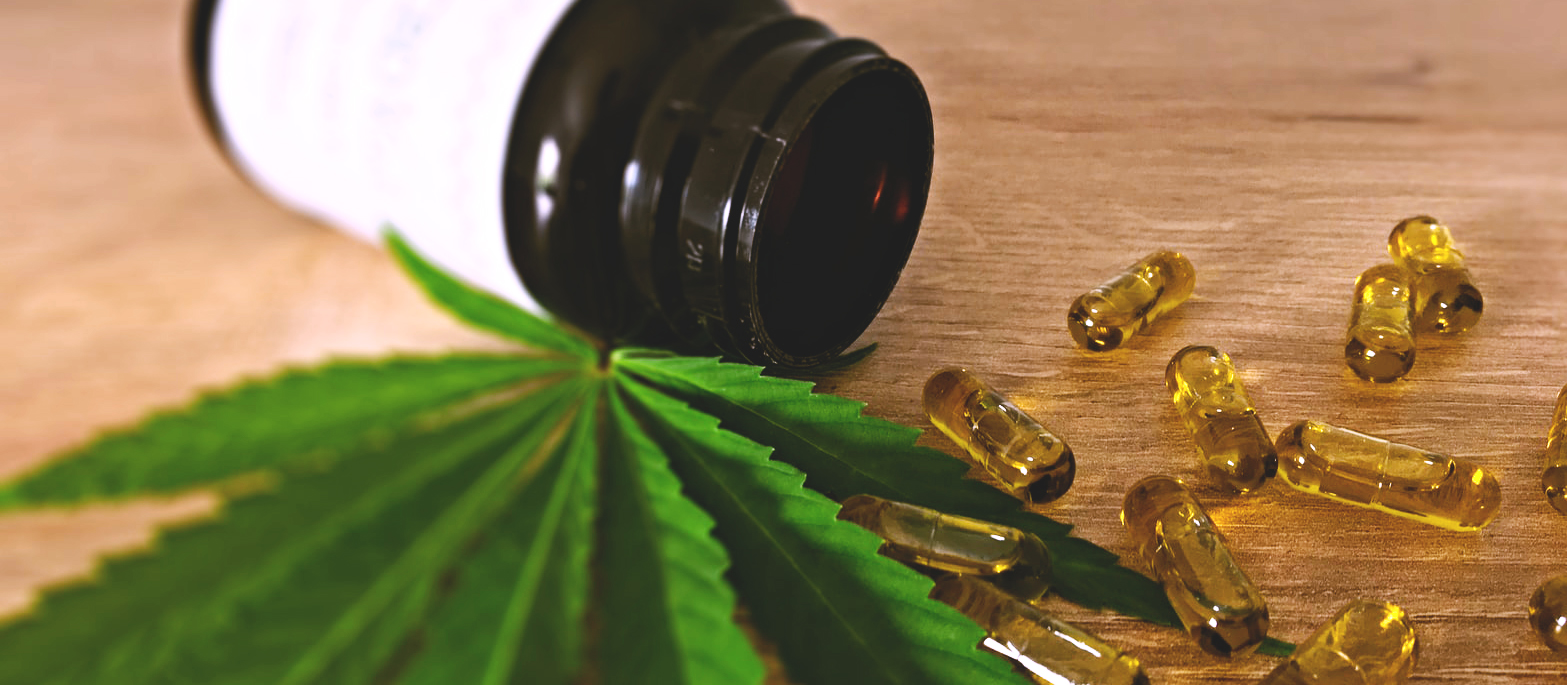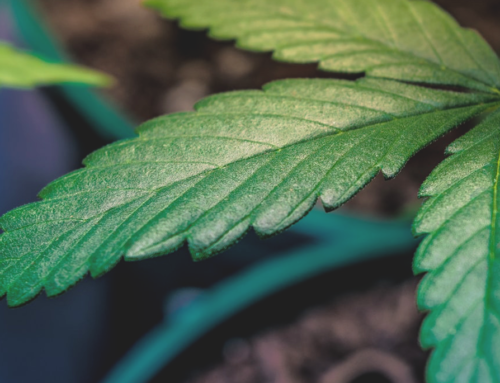There are many factors that are taken into consideration when determining the dose of a drug; the age of patient, weight, sex, ethnicity, and liver and kidney function1. Other factors that are involved in achieving an optimal dose of a drug include metabolizing enzymes, interactions with other drugs or supplements, and variations in genetics2. The optimal dose of a drug is the amount that results in desired therapeutics effects with minimal side effects1.
One of the most asked questions related to cannabis use as a medicine is “how much should I take?” Patients are accustomed to a doctor writing a prescription with very specific instructions; how much to take, how often, and for how long. With cannabis, these instructions are much more fluid. Doctors are not legally allowed to prescribe, rather they recommend, which leaves patients in a situation where they have to figure out what to do without medical guidance; they have to use trial and error and rely on a “budtender” for advice. Using cannabis can be scary for patients because they don’t know what to expect and how much to take. They may be afraid of being “high” and, similar to the stigma attached to cannabis, not able to function.
Pharmaceutical medications come with specific dosing instructions. Pharmaceuticals go through rigorous testing to determine an optimal dose that should work for most people. Cannabis, however, does not go through the same testing. As a schedule 1 drug, getting permission to research the effects of cannabis, dosing for specific diagnoses and best chemovar for a diagnosis can be complicated; different chemovars will have different characteristics with different effects. Although cannabis administration can also be based on weight, a person’s genetics i.e. enzymes that degrade the drug, like FAAH, can affect how the person will react to cannabis.
The main cannabis guideline for dosing is “start low, go slow and stay low” 3,4. That type of dosing would never happen with pharmaceutical medication, leaving a patient to determine their own dose. It would be very helpful if research would clarify the guidelines. Which chemovars are best for which diagnosis? What is best to take at night, and what during the day? How to control symptoms related to a specific diagnosis? What type of administration is best for a diagnosis? A patient who is looking for relief from symptoms of fibromyalgia would need a different chemovar from a patient looking for symptom relief from side effects of chemotherapy. There also needs to be more information on how cannabis reacts with other medications. Polypharmacy requires an understanding of how medications interact with each other. Cannabis needs to be included in the equation, even if used recreationally. This is where the research would be beneficial and would give a patient more specific instructions on how to use cannabis therapeutically.
The best advice for someone just beginning to use medical cannabis is to educate yourself. Ask a professional who is knowledgeable in medical cannabis. Read as much as you can about medical cannabis. Start low, go slow, stay low, and keep a journal. Record how much you took, what kind (strain or chemovar), time of day, and your reaction. Your journal will be the key to your success in using medical cannabis and on the road to health.
References
1. Drugs.com. (2020). Drug Dosage | Drugs.com. [online] Available at: https://www.drugs.com/dosage/ [Accessed 17 Feb. 2020].
2. Maheshwari, R. and Tekade, R. (2018). Drug Dose – an overview | ScienceDirect Topics. [online] Sciencedirect.com. Available at: https://www.sciencedirect.com/topics/pharmacology-toxicology-and-pharmaceutical-science/drug-dose [Accessed 18 Feb. 2020]
3. Wedman-St. Louis, B. Clinical recommendations and dosing guidelines for cannabis. In Wedman-St.Louis, B, ed. Cannabis. Boca Raton, FL: CRC Press; 2018:181-192
4. MacCallum, CA, Russo, EB. Practical considerations in medical cannabis administration and dosing. European Journal of Internal Medicine. 2018;49:12-19




